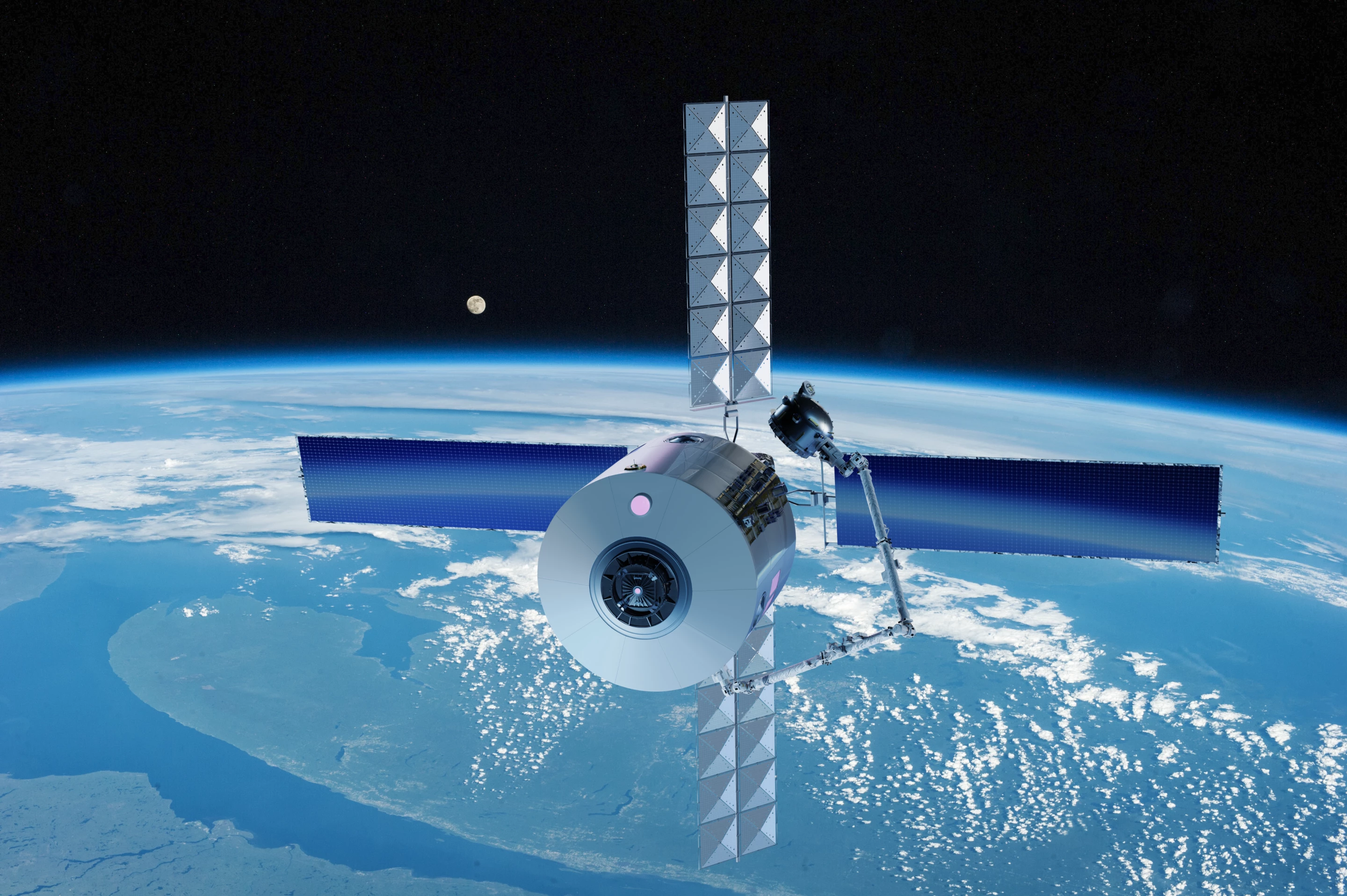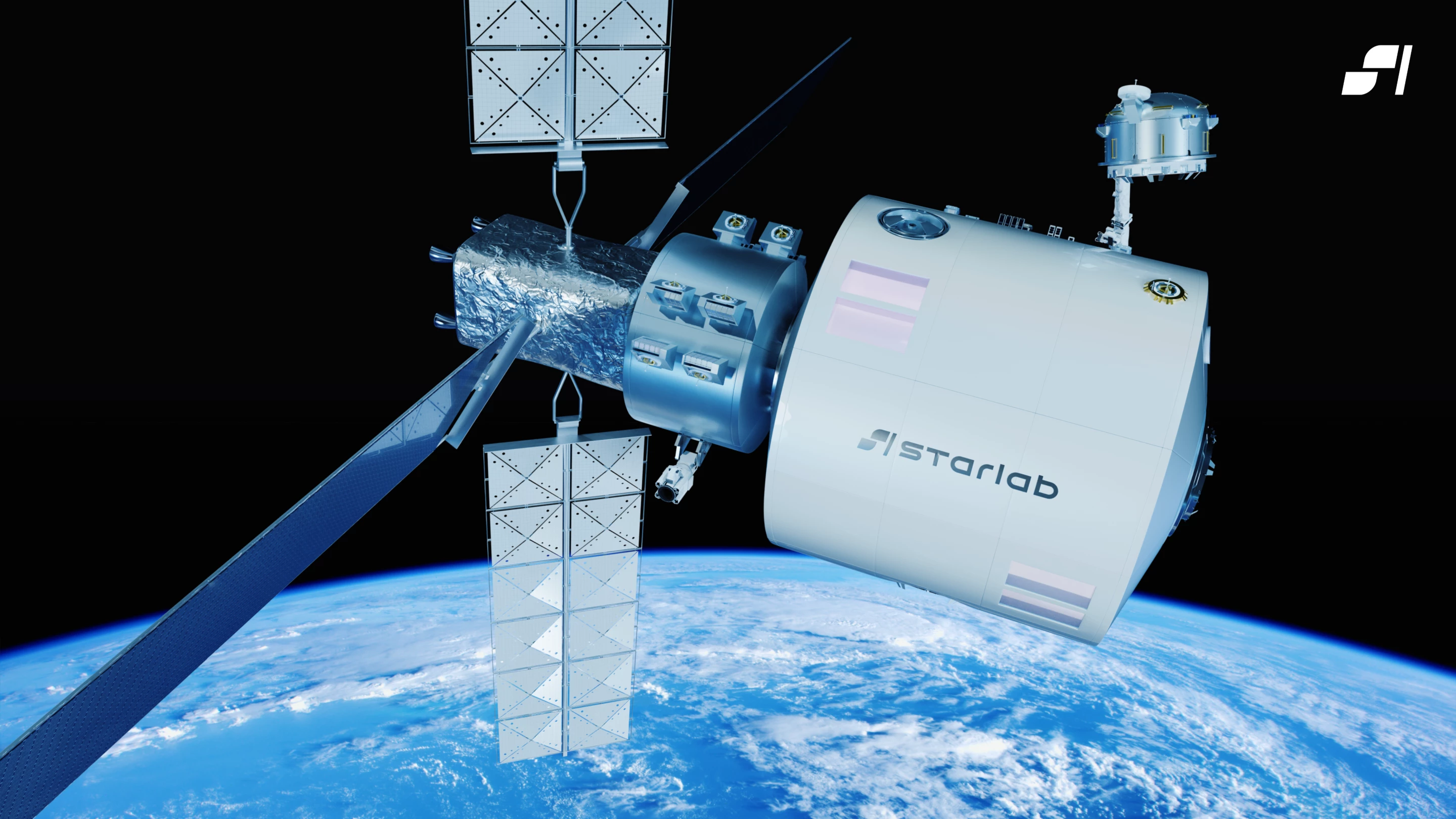The European Space Agency (ESA), Airbus Defence and Space, and Voyager Space have signed a technology agreement that gives us a glimpse at space exploration and exploitation beyond the retirement of the International Space Station (ISS).
The ISS is scheduled to be decommissioned in 2030 and deorbited a short time later. Twenty five years ago, the first module of the station roared into orbit from the Baikonur Cosmodrome, and since then it has grown into a 100-tonne behemoth that is the cornerstone of orbiting astronaut projects.
That is coming to an end as Russia prepares to leave the international partnership and the basic structure of the ISS becomes increasingly fatigued and will soon be unsafe. However, that is not the end of the age of the space station. On the contrary, nations and private contractors around the world are making plans to replace the ISS – not with a new and improved version, but with a fleet of smaller outposts operated by a host of government and private agencies.
The new trilateral Memorandum of Understanding (MoU) signed by the transatlantic partners at the ESA Space Summit in Seville illustrates what these new stations will look like and how they will operate.
The MoU outlines how the partners will develop the technology for future low Earth orbit missions. The centerpiece is the Starlab space station, which is a much smaller outpost than the ISS, but will enjoy over a generation of technical advances. From the released images, it seems to consist of a large habitat module with spacecraft berths and universal docking systems. Behind this is what looks like a service module with areas for securing equipment and experiments, as well as a robot arm. On the stern is a module with thrusters for station keeping and solar arrays for power.
Eventually, the partners plan to develop a complete "ecosystem" similar to that of NASA, which can handle all the infrastructure required to support such an orbital outpost, including spacecraft that can ferry cargo and crew to and from the station for both government and commercial clients.
"This agreement with the European Space Agency is critical as we continue to foster international collaboration in the space domain and move towards succeeding the International Space Station with Starlab," said Matt Kuta, President, Voyager Space. "We look forward to working with Airbus and ESA to extend Europe’s footprint in space and ensure they remain a leader in the new generation of commercial space exploration."
Source: ESA







